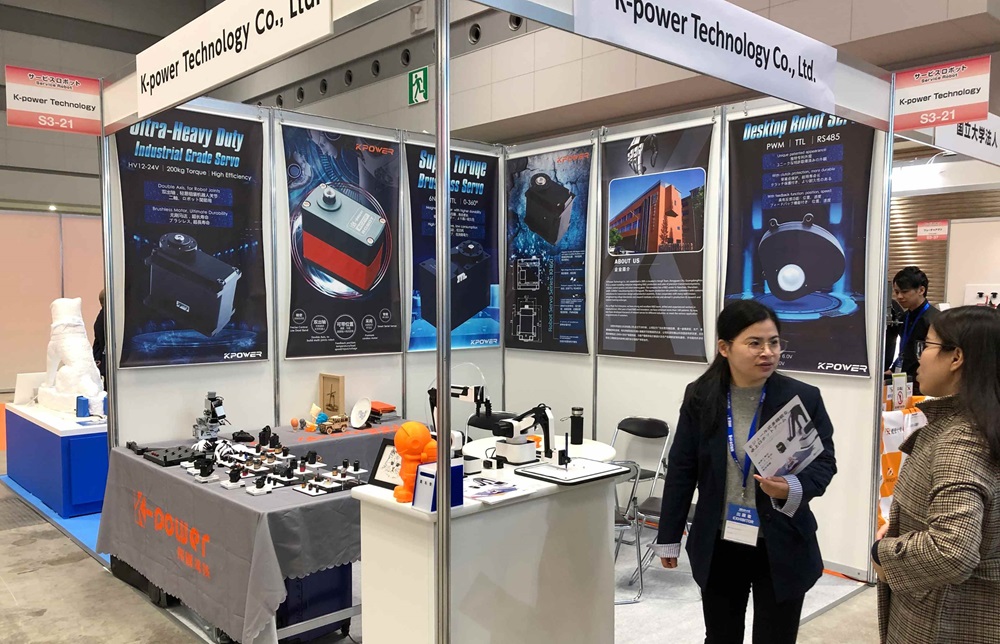Ever found yourself staring at a mountain of microservice options, feeling like you’re lost in a tech jungle? Yeah, that’s a common scene. It’s like walking into a bakery with a hundred different types of bread—gluten-free, sourdough, rye—and wondering which one really suits your taste buds. Choosing the right microservice isn't just a tick-box exercise; it’s about finding that perfect fit that makes your app run smoother than silk.

So, let’s step back for a second. Why’s this such a head-scratcher? Well, because microservices come with a smorgasbord of features. Do you go for a lightweight, fast one for simple tasks? Or do you need something robust that can handle complex data? The truth is, there’s no one-size-fits-all. Picking the right microservice depends on what your app actually needs. Think about it like customizing a car. Do you need turbocharged speed? Or maybe fuel efficiency? The perfect microservice is just like that—tailored to your specific ride.
Sometimes, you look at the options and ask, “What makes one microservice better than another?” It’s a fair question. The key is understanding what each one is optimized for. If you’re building a chat app, you might lean towards microservices that excel in real-time data exchange. For a shopping cart, durability and scalability matter more. It’s not just about what’s popular; it’s about what aligns with your project goals. Choosing the wrong microservice can feel like using a hammer to turn a screw—possible, but messy and inefficient.
Here’s a little trick, though: look at the ecosystem. Does it integrate easily? Can it scale when your user base explodes overnight? And what about the support community? Because when things go sideways (and they will), having a vibrant community can save your day. Also, consider the maintenance cost—sometimes, the most feature-rich microservice might eat up your budget in the long run.
Imagine this: you have a microservices platform that offers multiple options, but which one is right? Think about your project size, expected load, and future growth. Talk aloud to your team or your business partners—what’s the most critical aspect? Speed? Reliability? Flexibility? The decision becomes clearer when you break down your specific needs and measure each microservice against that yardstick.
Flexibility is king here. A microservice that works perfectly today might not fit tomorrow’s ambitions. So pick one that’s adaptable, and make sure it can evolve with your project. Because tech is always changing, and your microservices should be ready to change with it.
In the end, choosing the right microservice is part art, part science. It’s about understanding your project’s nuances, the technical landscape, and how different services play their part. Find a microservice platform that offers enough options to match your needs but isn’t overly complex. Because, honestly, complexity can bog you down faster than you think. Keep it simple, clear, and aligned with your goals—then watch your app run like a well-oiled machine.
Established in 2005, Kpower has been dedicated to a professional compact motion unit manufacturer, headquartered in Dongguan, Guangdong Province, China. Leveraging innovations in modular drive technology, Kpower integrates high-performance motors, precision reducers, and multi-protocol control systems to provide efficient and customized smart drive system solutions. Kpower has delivered professional drive system solutions to over 500 enterprise clients globally with products covering various fields such as Smart Home Systems, Automatic Electronics, Robotics, Precision Agriculture, Drones, and Industrial Automation.




































